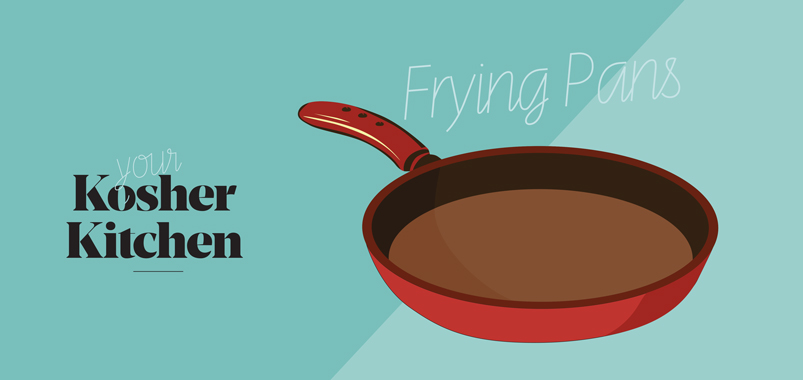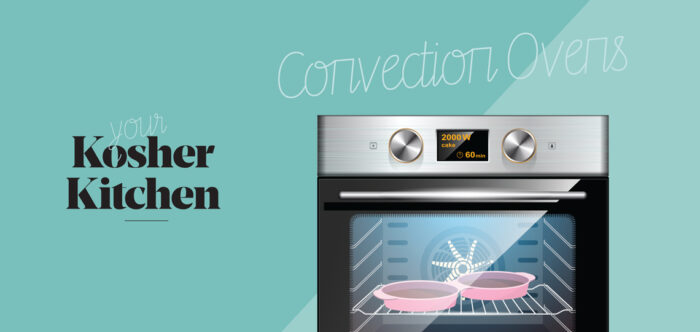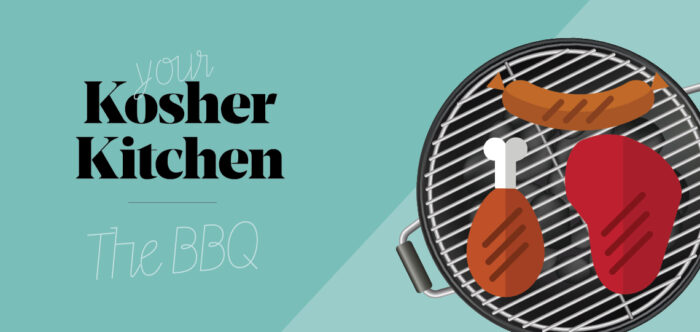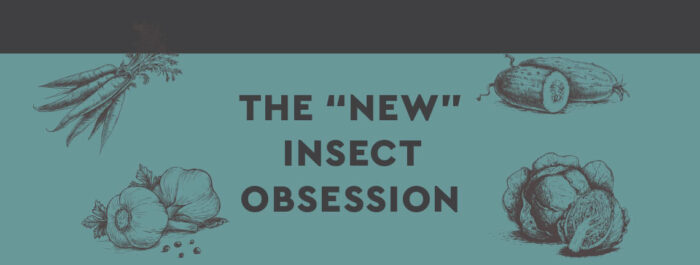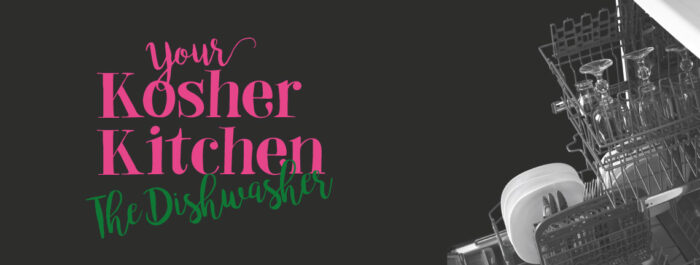Someone taking a fleishig utensil and using it for milchig, or vice versa – sounds familiar? If you have been quarantined for long enough this is bound to happen.
The actual halacha is beyond the scope of this article but this will provide an overview for one to better understand the actual question at hand. Can the frying pan be kashered? Does it make a difference if it’s from treif or from milchig to fleishig? What about from fleishig/milchig to pareve? Can I have my favorite frying pan kashered for Pesach?
How is one supposed to kasher?
There are 3 basic levels of kashering that apply to frying pans:
Libun Gamur – heating the utensil until it is red hot (about 850°F)1
Libun Kal – heating the utensil to the degree that an easily combustible matter will singe when it touches the utensil (about 450°F)2
Hagalah – dipping the utensil into a pot of boiling water on the fire3
The method of kashering is dependent on the usage of the utensil – a grill which has direct fire (no medium between the food and grill) will require libun gamur, while hagalah will suffice for a pot used for soup. Libun Kal satisfies the requirements for hagalah and is also used in place of Libun Gamur in certain specific cases.
What about my frying pan?
Let’s explore what Chazal tell us about a frying pan. In Chazal, a frying pan is called a “machavas”, which is a shallow frying pan that is typically used with the
addition of a small amount of oil or fat to assist in the frying process. There is a dispute among the Poskim about which level of kashering is required. There are
those that require libun gamur4, others that say that hagalah is sufficient5, and some differentiate between heteira bala (example chometz – when kashering for
Pesach) and issura bala (non-kosher/treif)6. Sephardim will rely on hagalah when kashering for Pesach, but will require libun gamur when kashering from treif7. Ashkenazim are stringent on Pesach to kasher with libun if possible, otherwise hagalah is sufficient8, and libun gamur is required when kashering from treif.
There are a few more points to consider when presenting the question to a Rav. There are some Poskim that consider that if the cooking medium is kosher, then hagalah is sufficient; if the oil or fat is not kosher, then libun is required9. Other Poskim say that sometimes the oil/fat gets burned or dried up in the frying process and then there is direct transfer of taste from the food to the pot which would require libun10.
Historically, frying pans were used together with oil or fat as a lubricant for the pan. The amount of oil used to qualify as a “machavas” is also a dispute but it definitely has to be enough to wet your hands and be able to transfer that wetness to another surface11. In the 1960’s in the USA there were 2 important introductions to the consumer market – PAM cooking spray and Teflon non-stick pans. Both are widely used in the home kitchen and essentially eliminate the question of whether hagalah can be used as a kashering method. Using minimal oil (as with spray oils) is considered direct heat and requires libun gamur. In most situations, if one uses a non-stick pan without any spray or a regular frying pan with cooking spray, libun gamur would be the required method of kashering.
This leads us to another question. Libun gamur requires heating the pan to about 850°F. One of the fundamentals of kashering with libun gamur is that one must
be certain that the utensil can withstand the process of libun gamur12 so that the libun is performed correctly. Teflon is a material that typically will get ruined in such intense heat and therefore libun gamur is not option according to most Poskim13. There is even a machlokes surrounding the validity of kashering a Teflon pot (not frying pan) via hagalah14, so Teflon pans are certainly a more challenging item to kasher.
As is evident from the complex details delineated above it is prudent for all household members who have access to the cooking utensils to have clear
guidelines about which utensils are designated fleishig and which are designated milchig. Of course, mistakes can still happen, and if the situation arises at least we can be more knowledgeable on how to ask the question.
שו“ע או“ח סי‘ תנ“א ס“ד 1
רמ“א שם 2
שו“ע שם ס“ג 3
4 רשב“א בתורת הבית הארוך ב“ד ש“ד
רא“ה בבדק הבית שם 5
רבינו ירוחם בשם הרשב“א הובא בביאור הלכה סי‘ תנ“א 6
סי“א
שו“ע שם ויו“ד סי‘ קכ“א ס“ד 7
רמ“א באו“ח שם 8
הגהות רעק“א יו“ד סי‘ קכ“א ס“ד ועיין שו“ת חת“ס יו“ד 9
סי‘ קי“א הובא בפ“ת שם ס“ק ז‘
פמ“ג משב“ז או“ח סי‘ תנ“א ס“ק ט“ז 10
כף החיים סי‘ תנ“א ס“ק ע“ו ועיין שו“ע הרב סעיף ל“ו 11
שו“ע סי‘ תנ“א ס“א 12
הגרי“ש אלישיב סידור פסח כהלכתו פ“ח הע‘ 35 13
הגרי“ש אלישיב שם, וכן דעת הגר“נ קרליץ והגר“ש 14
וואזנר אוסרים. ובשו“ת אגרות משה אהע“ז ח“ד סי‘ ז‘
מתיר אם אב“י כיון דהוא ספק מדרבנן


 EN
EN  ZH
ZH  KR
KR  BR
BR  ES
ES  IN
IN  IL
IL  JP
JP 
